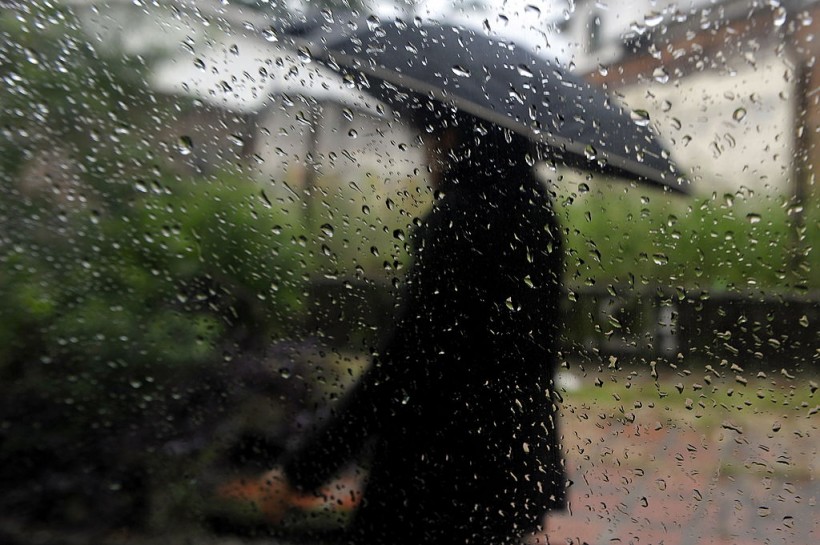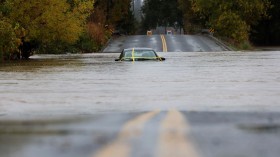La Niña may possibly impact the incoming hurricane season in the east basin of the Pacific Ocean.
A long-range forecast by meteorologists indicated that the atmospheric and oceanic phenomenon may affect the frequency and intensity of hurricanes across the region, including portions of the southwestern United States.
La Niña Weather Pattern

The approaching Pacific hurricane season in the East Pacific basin on Sunday, May 15, is likely to be dominated by the La Niña weather pattern for the third season in the region, according to AccuWeather.
The phenomenon will also affect the Central Pacific basin, where its hurricane season will start on Wednesday, June 1.
In particular, AccuWeather's long-range forecast revealed that a high-pressure area will continue to dominate the southwestern US and northwestern Mexico as far as November.
This will also likely determine the landfall of storms along the Pacific coast of both North America and Central America.
Also Read: La Nina: This Climate Phenomenon May Bring Untimely Snowfall in Parts of US
East Pacific Hurricane Season
The US-based weather forecasting company implies the following data for the East Pacific hurricane season for 2022, where it said: approximately 15 to 19 named storms, six to eight hurricanes, and two to four major hurricanes may impact the region.
Out of all these figures, AccuWeather emphasized two to four storms and hurricanes can make landfall in Mexico.
Although this is the case, such climatic and weather hazards can still impact the US and other countries in the Caribbean region.
In the past, arriving storms along the Pacific coast tend to move either in a northeastern, eastern, or southeastern pattern.
In the Western US, a hurricane landfall such as in the state of California is unlikely. However, it is still possible.
In October 1858, a hurricane made landfall in San Diego, California, after forming in September that year, according to the University of Rhode Island.
Atlantic Hurricane Season
The rarity of hurricanes in the Western US is opposite along the East Coast, where storms commonly form over the Atlantic Ocean, especially with the start of the Atlantic hurricane season, which annually spans from June 1 to November 30.
While it is still unclear whether the La Niña in the East Pacific basin will have far-reaching effects on Atlantic hurricanes, the Continental US is still imminently subjected to being hit by these storms, which impact's can range from moderate to severe.
US Hurricane Threats
In relation to the weather forecast, the Climate Prediction Center (CPC) of the National Oceanic and Atmospheric Administration (NOAA) - National Weather Service (NWS), on April 14, stated there is a 59% chance La Niña will continue in the Northern Hemisphere during the summer season (June to August), with a 50% to 55% chance of making landfall.
In spite of the provided data, US meteorologists have claimed there is only a possibility that this year's potential hurricanes will mirror previous storms over recent years, which have been marked by widespread casualties and damage.
In August 2021, Hurricane Ida, a deadly Category 4 Atlantic hurricane, made landfall in the state of Louisiana, killing multiple people and causing widespread power outages, affecting more than a million residences and businesses, as reported by USA Today.
In August 2005, Category 5 Hurricane Katrina wreaked havoc on the US Gulf Coast, devastating the city of New Orleans and its surrounding areas, and causing more than 1,800 reported deaths.
Out of a five-tier scale, the category levels of Hurricane Katrina and Hurricane Ida are some of the strongest recorded storms in US history.
Related Article: La Nina is Back and Could Possibly Prompt More Western US Wildfires, Droughts
© 2024 NatureWorldNews.com All rights reserved. Do not reproduce without permission.





